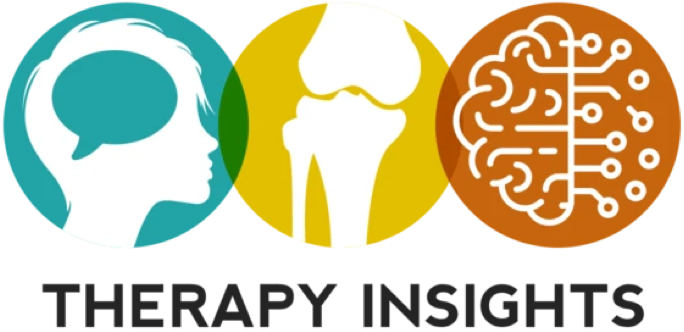Pelvic Floor Exercises
May 1, 2022 by Ashley Zhinin.
Do you have patients who report having difficulty with incontinence? Do you treat postpartum women? This is a no fuss, simple exercise program, to supplement treatment for stress incontinence.
